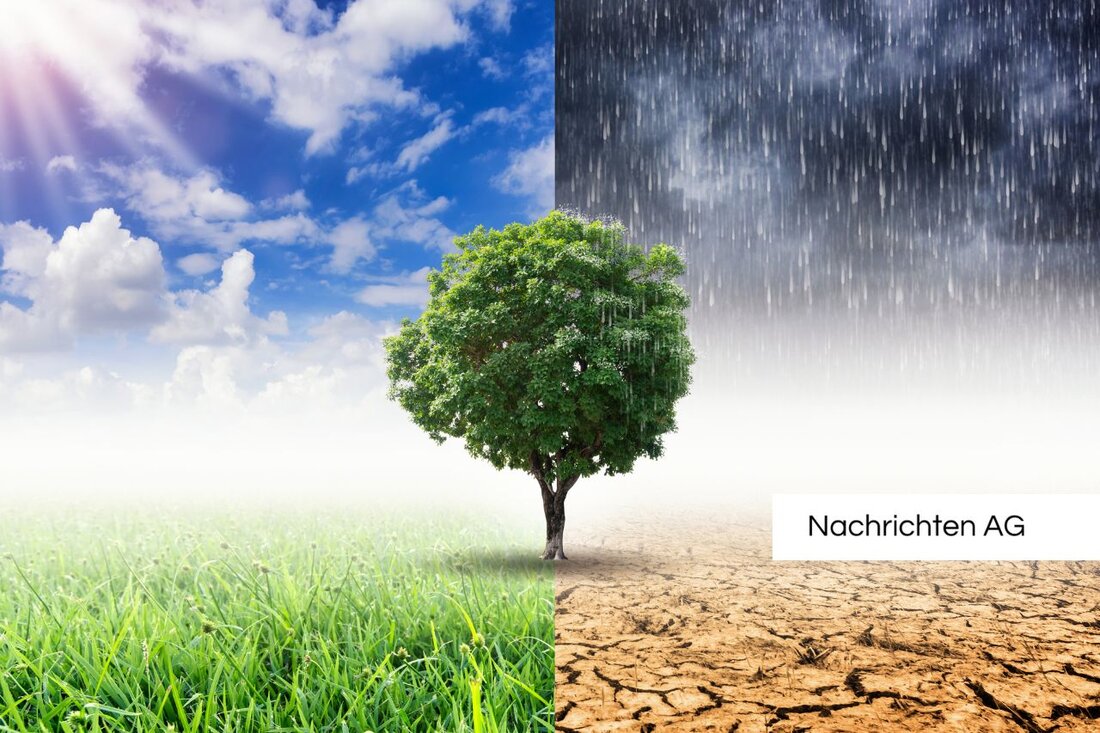Storchnach growth in Rühstädt: drought threatens our favorites!
Storchnach growth in Rühstädt: drought threatens our favorites!
Rühstädt, Deutschland - in the European Storchendorf Rühstädt, located in northwestern Brandenburg, a decline in young stork numbers is recorded. In 2024, only 30 young storks were counted there, while there were 50 in the previous year. Felix Wolf from the NABU visitor center explains that the dramatic decline is due to the lack of feed of the old storks, which is caused by the continued drought. The floors are hard and dried up, which makes it considerably more difficult to search for food for the storks. Many old storks were forced to throw their offspring out of the nest due to this due to this.
The storks are mainly day -active carnivores and feed on a variety of living things, including small mammals, amphibians, reptiles, insects, fishing and earthworms. Especially in open areas and wetlands, they are looking for food. Due to the ongoing drought, this food intake is becoming increasingly difficult. The need to find food is particularly critical for the young storks because they have a high need for food.
weather conditions and their consequences
The population of the storks in Rühstädt not only suffers from the current dryness, but also from a lack of specific foods such as earthworms that are essential for young people. According to meteorologists, this spring has been one of the driest in over 100 years. These conditions have led to a significant decline in the stork population, as was observed between 2018 and 2022. Storks tend to eat weaker chicks to increase the chances of survival of the stronger chicks, which further exacerbates the worrying situation.
In addition, Felix Wolf reports that the water is missing in the area, which makes it difficult to eat the storks. This is seen as one of the main problems that affect the stocks of the storks. The NABU therefore works politically to improve the water balance in the region to relieve the living conditions of the storks.
long -term challenges from climate change
climate change is another challenge for stork population in Germany. In particular, dry years, such as the current year 2025, can have long -term harmful effects. Experts point out that the population that has just recovered is endangered by such extreme weather conditions. Although the number of breeding pairs in Germany has risen from around 4,000 to over 12,000 since 20 years ago, the situation remains tense, especially for the Eastern Zieher, the number of which is stagnating.
The change in the climate also has an impact on the hiking behavior of the storks. Many of them are now moving to warmer regions with better food offers. This development makes it clear that the storks have to react flexibly to their environment and adapt to the increasingly unfavorable conditions to survive. The current weather forecasts indicate long -lasting landing rain, but the hoped -for relaxation of the stocks could come too late to repair the damage that has already occurred.
Rühstädt remains a symbol for the preservation of the stork population in Germany, but the challenges of climate change and the associated drought represent a serious threat to these impressive birds. The coming months will be crucial whether the situation for the storks can improve or whether we have to expect a further decline.
rbb24 reports about the current developments, while Inforadio illuminated the long-term problem . Information on climate change and its effects on the storks can also be found at climate news .
| Details | |
|---|---|
| Ort | Rühstädt, Deutschland |
| Quellen | |


Kommentare (0)